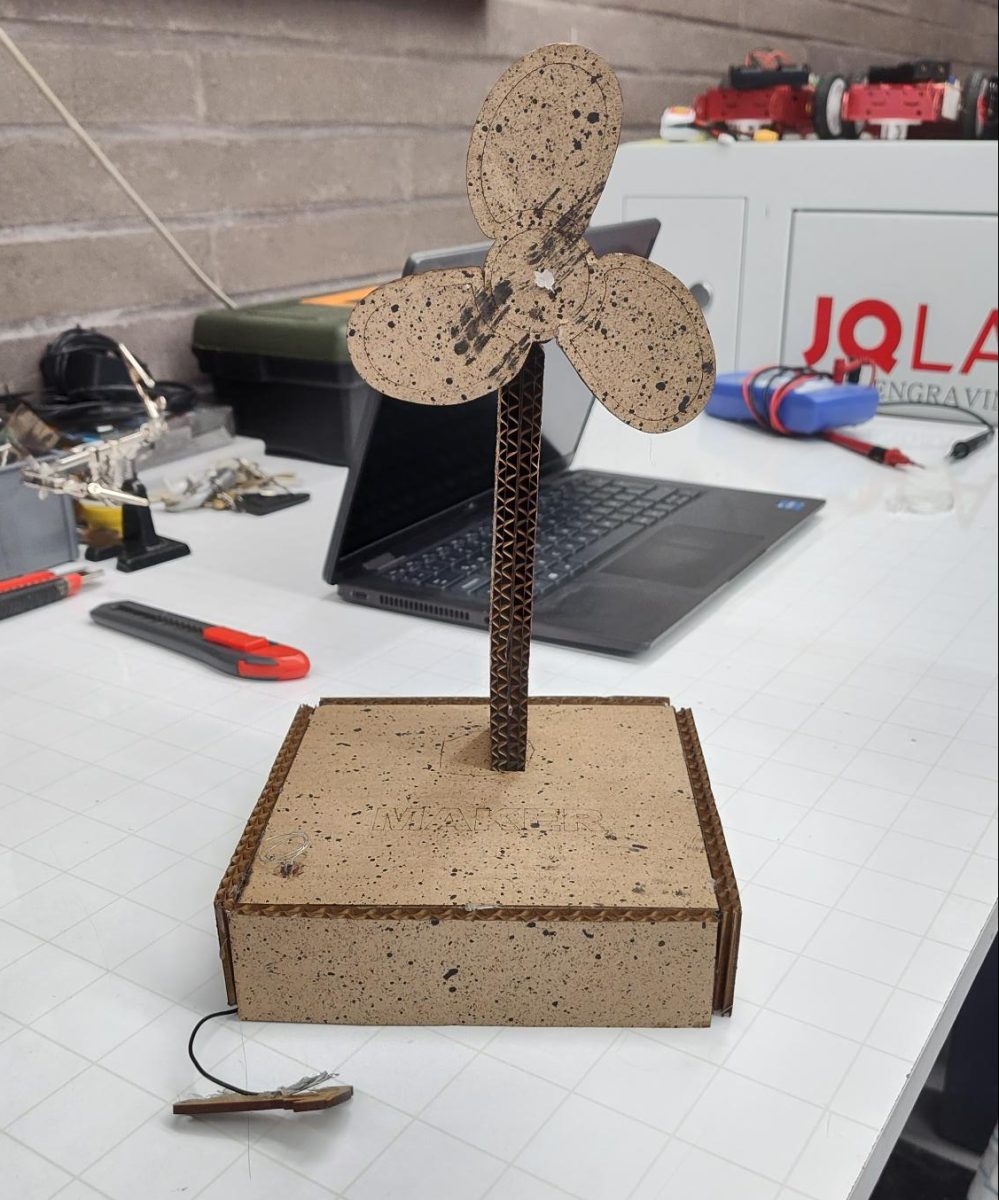The HS robotics team collaborates with fourth graders, sparking excitement and curiosity in STEM through innovative robotics projects.
Guided by the creativity and commitment to the high school robotics team, this pioneering initiative seeks to bridge the gap between different age groups, nurturing a spirit of camaraderie and collaborative learning. The project not only offers hands-on experience in robotics but also fosters essential skills such as problem-solving, and critical thinking for both high schoolers and fourth graders.
“This collaboration goes beyond just building robots; it’s about inspiring a new generation of innovators and problem-solvers,” Julian Zuñiga, Robotics Team Leader, said.
Collaboration, which aims to inspire innovation and problem-solving in future generations, is not the only aspect the team is focusing on. The team also remains steadfast in its commitment to inclusivity and collaboration, as highlighted by their innovative projects.
“Their goal was to create a fully functional table fan with the help of cardboard and hot glue, to show lower grades that it is possible to create fun projects without the use of expensive or hard-to-get materials,” Zuñiga said.
Transitioning from the initial stages of the project, the team encountered challenges that highlighted areas for improvement. Reflecting on these hurdles, they remain committed to refining their approach for future collaborations.
“A challenge that we faced was that there simply weren’t enough of us to divide across all of fourth grade at once, and this is something we will attempt to solve in future attempts,” Senior Pablo Arango said.
Despite the challenges encountered, the high school robotics team remains committed to fostering inclusivity within their ranks and among their younger counterparts.
“I try to foster an inclusive and well-oriented learning environment in the robotics team by ensuring that every person, whether they’re a new recruit or a senior with over 10 years of experience, feels that they are participating and contributing to the team,” Arango said.
This commitment to inclusivity extends beyond the current project, as evidenced by the team’s past collaborations with students of varying ages and backgrounds.
“Last year we also worked alongside students who are currently in 5th grade, building some lamps for their classrooms,” Zuñiga said.
As the project progressed, the impact of hands-on engagement became evident, empowering students to take ownership of their learning and accomplishments.
“Students empower themselves through hands-on engagement, actively participating in the design, construction, and implementation of projects, fostering a profound sense of ownership and accomplishment in their learning journey,” Zuñiga said.



